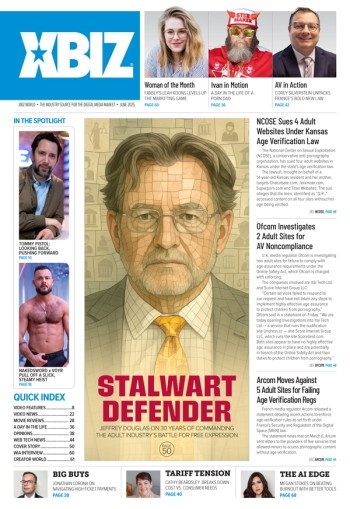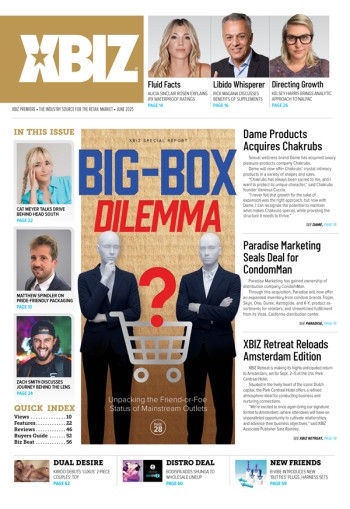As Facebook has become the AOL of the modern Internet, it has grown to be a vital part of the online marketing mix, as well as a stand-alone sales channel in its own right. Given this, it’s important to incorporate any “bridge” technologies into your website or other marketing tools. One of the best ways to do this is via the Facebook “Like” button.
While there is nothing particularly new about this free social bookmarking tool, many webmasters may not be making the most of it. This is easy to do, if all you do is grab the button code and add it to your web page. To maximize a “Like” button’s effectiveness, however, requires utilizing creative placement and carefully crafted Open Graph tags.
Making it easy for visitors to “like” your site is one aspect of social traffic building that is a plus for your business — unless it is in Schleswig-Holstein.
Consider adding “Like” buttons to not only websites or specific content items, such as articles, photos or video clips, but to individual authors, categories, topics and more, as a way of evaluating the material having the most traction with your audience, along with driving increased levels of high quality traffic to those unique areas or offerings. Review-style websites, for example, may find that adding “Like” buttons to each review is a great targeted traffic booster.
Keep in mind that you have tremendous control over the size, shape, color, font and other parameters of your “Like” button, including the ability to add commenting; display click counts; show profile photos; and perform referral tracking. Once your “Like” button format, sizing and placement concerns are addressed, it’s time to move on to defining its Open Graph tags.
Meta tags that are inserted into a web page’s <head> element, six Open Graph tags are used to describe the entity that page represents. To use them, all six tags are required; formatted as follows: <meta property=” og:tag name” content=”tag value”/>
According to Facebook, these six tags describe the title of the entity; its type (selected from a dropdown list including “movies” and “website”), and an image of at least 50x50 pixels square (although the company advises that images up to three times as wide as they are tall are usable). Additionally, og:url specifies a canonical, permanent URL for a web page representing the entity. Facebook also states that when Open Graph tags are used, the “Like” button posts the link set by og:url, rather than the URL in the button’s code — providing a handy way to set redirects.
The last two of these tags, og:site_name and either fb:admins or fb:app_id, specify a human-readable name for the site, such as “XBIZ,” and either a comma-separated list of the Facebook IDs of page admins or a Facebook Platform application ID, respectively.
Operators can learn more about using Open Graph tags to extend Facebook marketing efforts at https://developers.facebook.com/docs/opengraphprotocol.
While clever use of search engine marketing techniques can be applied to these tags, other opportunities for tailoring the “Like” experience include creatively specifying the “type” tag; since digital content types have a lower status in the user’s profile, compared to real world objects. This also has implications for your ability to send updates to those folks who clicked on your “Like” button, forming a tremendous advantage for marketers.
Not everyone likes “Like” buttons, however.
In the German state of Schleswig-Holstein, Thilo Weichert, chief of the Independent Centre for Privacy Protection, succeeded in enacting legislation imposing a 50,000 € fine (~ $65,870 U.S.) on websites that use Facebook’s “Like” button, on the grounds that this feature illegally sends data to Facebook, which then creates profiles of the users’ surfing habits in violation of Germany’s online privacy laws. One serious source of contention for the state was that profiles were reportedly being created even for non-Facebook users.
While these restrictions only apply to businesses within the state, the overall privacy implications are not issues that will disappear, or that only impact Schleswig-Holstein — providing ample reasons for website owners to ensure their site’s privacy policies include reference to these social media tools.
Altogether, however, the use of Facebook “Like” buttons (as well as its siblings from other social networks), is a free and easy way to build valuable traffic to your website — as long as you play by the rules.





